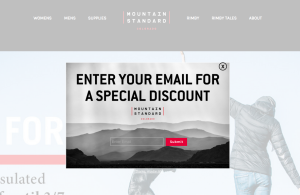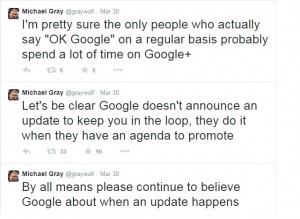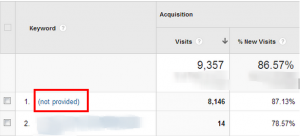You’ve heard the quote by Meister Eckhart, “The price of inaction is far greater than the cost of making a mistake.” It’s important to understand that inaction isn’t simply the lack of action. Inaction is a conscious choice not to act. There is a time to maintain the status quo – when your business is humming along fine and dandy and your strategy is in full swing. If you’re content with your growth rate, your new product innovation process, your product adoption rate, your customer referral rate, and the state of your position in the category compared to your competition, then by all means, inaction may be the best course of action. If these performance indicators or others that you monitor are off kilter and you’d like to see change in these areas, then overcoming inaction is paramount to your growth strategy.
Your Growth Strategy Depends on Action
Some experts believe that as data increases people are becoming more indecisive. Perhaps you can recall examples when the failure to act was detrimental to growth and long-term success. In some cases, organizations have paid a heavy price. Think of the cost to the automotive industry by failing to be more proactive around software and technology. Some estimate the cost around $ 15 billion, yes, billion. Or consider the demise of such great brands as Blockbuster, Kodak, Sears and others due to inaction. Take heart from the wise words of Touré Roberts, “You can never succeed unless you take action. It’s better to learn through mistakes than to do nothing and guarantee failure.”
If you’re stuck in the indecision rut, the first step to getting out is to recognize the problem. Based on our review of the literature, there appear to be five reasons people avoid a decision: a preference for the status quo, inertia (resistance to change), fear of the unknown, the desire to leave the options open, and the lack of recognition that an opportunity has presented itself. To overcome inaction, one of the first steps is to understand the reason your organization chooses not to act on opportunities or insights. Once you identify the cause of your inaction, then you can make a conscious and deliberate decision as to whether action is the best course.
Inaction is Failure in Disguise
Change is inevitable and uncertainty will continue to be the norm. Your future depends upon your ability to develop and execute a strategy successfully in a dynamic business environment. Zig Ziglar is attributed with saying, “You don’t have to be great to start. But you have to start to be great.” And that’s the key, to start. Consider this process for moving forward on your growth strategy. If you can check a step off, awesome, move on to the next.
- Define the decision you need to make and why it is important. It’s always important to start with the end in mind. Clarify the decision you need to make and the implications of this decision to your business. The decision may be related to a customer issue, investing in a new solution, changing a route to market, entering a new market, and so on. Be clear about what the business will look like if you make the decision AND if you don’t.
- Know what you need to know. What is the ONE thing you need to know to help you decide your next best step. Write this out in a single sentence. Even if you think you know the one thing, write the sentence anyway and validate it with your team. If you knew this ONE thing you could make the needed decision.
- Identify the data. Now that you know what you need to know, determine whether you have the data. If you don’t, define ONE step you can take to secure the data. This may require you to pull some data or conduct research. Often, we find it isn’t so much a lack of data as it is deriving the right action from the data. Turn the data into an insight and the insight into an action.
- Take the next logical step. Consider this quote from Franklin Roosevelt, “There are many ways of going forward, but only one way of standing still.” The goal is to move the ball down the field, that is, to take a step forward. If something seems too big, we tend to stall. Break the action down into smaller steps until you get to the doable next step.
- Create leverage. Everyone is stretched. Your team may not have all the expertise or skills. Avoid allowing these excuses to keep you from making progress. Revisit how your resources are deployed and evaluate whether this is the best utilization. If you truly cannot defer what your team is working on, create leverage by tapping or securing partners until your team has the bandwidth or builds the expertise.
If you want to grow, create more value, and improve performance, you need develop and execute on a solid growth strategy. Change can be daunting. Rather than trying to do everything all at once, focus on taking the next best step.
Business & Finance Articles on Business 2 Community
(43)








